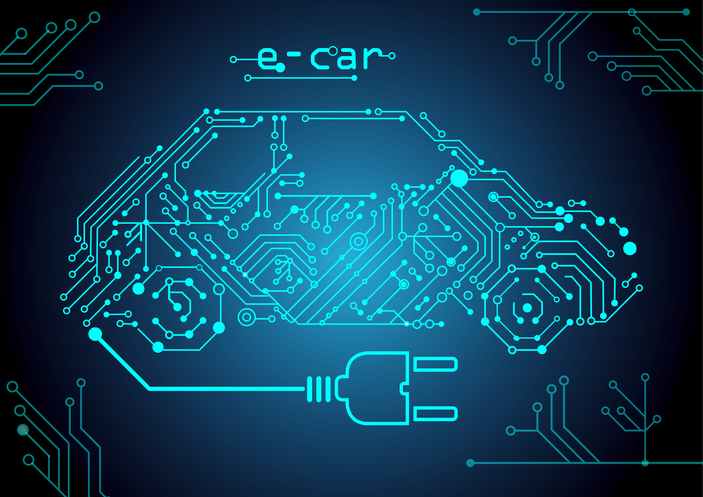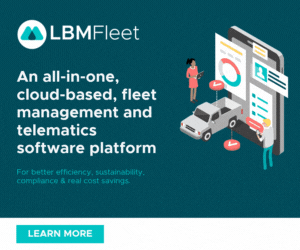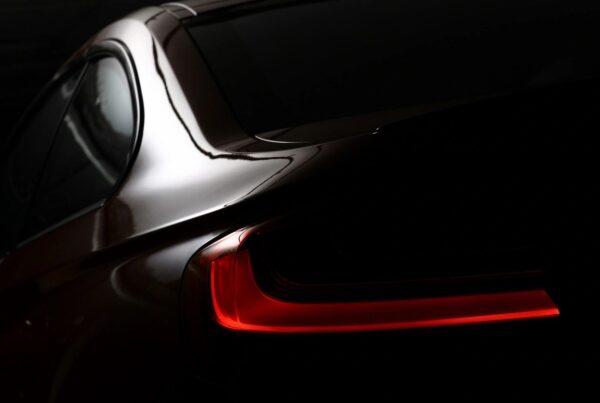At the recent Victoria Professional Development Forum, Kristian Handberg, Head of Future Business at JET Charge, discussed the electric vehicle (EV) market and charging infrastructure in Australia. With his extensive experience in electricity and transport, he shared important insights into the current situation, challenges, and new technologies in EVs and charging solutions.
Market Overview
Despite some negative reports, the EV market in Australia is experiencing steady growth. Sales have increased by 23 per cent year-on-year to August. In 2024, EVs have accounted for 9 per cent of new car sales. Novated leases are significantly driving these sales, thanks to Fringe Benefits Tax (FBT) exemptions that make EVs more affordable for employees.
While Tesla currently leads the Australian EV market, Chinese brands like BYD and newer entrants like Xpeng are gradually challenging its dominance. Tesla’s share of Australian EV sales has decreased from 47 per cent in 2023 to 37 per cent in 2024 year-to-date. These new entrants are offering a variety of high-tech and competitively priced vehicles, providing consumers with more options and better value.
Dynamics of the Fleet Sector
Fleet electrification has a promising future even if it is still evolving. Approximately 40 to 45 per cent of EVs in Australia are through novated leasing, making the business sector a crucial part of the EV market. However, the reporting of novated leases as business sales may obscure the true extent of fleet versus private EV adoption.
Government fleet purchases are predominantly from brands like Kia (33 per cent) and Mitsubishi (29 per cent). This is due to their established relationships and (potentially) more certain residual values.
Advancements in Charging Technology
We are making significant advancements in charging technology, especially with high-power chargers designed for heavy vehicles. JET Charge is working on Megawatt Charging Systems (MCS) that can deliver up to 1.2 megawatts. This can substantially reduce charging times and enhance the viability of EVs for commercial and logistics operations.
Although these advanced chargers are currently expensive, efforts are underway to cut costs by sourcing technology from the Chinese market. By white-labelling relatively unknown but proven Chinese equipment, JET Charge can offer these systems with a 25 to 50 per cent saving. This approach makes them more accessible for broader use.
Battery Storage and Grid Support
Vehicle-to-Grid (V2G) technology is being implemented in various applications. A notable example is an ACT Government project integrating 50 EVs with V2G capabilities into their energy management system.
During a peak demand event, 17 of these vehicles fed energy back into the grid, providing essential support when a coal-fired generator failed elsewhere in the system. This highlighted V2G’s potential for real-time grid stabilisation and its role in mitigating electricity price spikes.
Government Support and Future Prospects
JET Charge is involved in several government-backed initiatives, including the “Depot of the Future” project with Team Global Express. This $12 million project aims to electrify a freight logistics depot by deploying 60 electric trucks and creating a scalable model for future developments.
The project integrates charging infrastructure within the existing building infrastructure, allowing for efficient deployment at scale without extensive new construction. This approach enables fleet managers to provide reliable charging solutions cost effectively.
Such government-supported projects are crucial for accelerating the transition to electric vehicles and addressing the challenges of fleet electrification.
Q&A Session Highlights
Several key topics were discussed, including battery charging practices, fire risk management, and infrastructure considerations at the Q and A session. Here are the key takeaways:
- Battery Charging Practices: Charging EVs to 80 per cent helps preserve battery life, not reduce fire risk. This is a common practice for lithium batteries, even though modern EVs have advanced systems to protect the battery.
- Enabling Employee Home Charging: JET Charge designed the Charge+ subscription model to address employee turnover and relocation. It allows for the redeployment or removal of chargers as needed. This approach simplifies electrification for fleet managers by avoiding the complications of managing installations and asset.
- Use of High-Power Chargers: Megawatt chargers are not suitable for smaller vehicles. They use different plug standards that reflect the technical and commercial requirements of each scenario.
- Fire Detection Technology: Off-gas detectors, more suited for data centres, are not practical for vehicle battery packs. Standard smoke detectors remain the primary method for detecting potential fires in EVs, though advancements in fire detection technology continue.
- Insurance and Fire Risk Assessments: While EV charging has not significantly increased insurance premiums, insurers remain cautious about new technology. Implementing fire safety measures, such as master isolation switches and signage from the Australian Building Codes, can reduce risks. These measures can also support insurance claims.
- Separate Charging Locations: Set up separate charging areas with fire safety measures to manage fire risks. The major fire at the Eastern Golf Course, which began in a storage room for electric golf buggies and batteries, highlights its importance.
- Long-Term Vehicle Charging: Manufacturers build modern EVs and chargers to handle extended charging periods safely. They feature thermal management systems and regular software updates to ensure safe operation, even when unattended.
- Impact of Environmental Factors: Environmental conditions can significantly affect the durability of charging equipment. Direct sunlight or drainage points can damage or wear out charging ports. This highlights the importance of good design and asset management.
- National Construction Code (NCC) and EV Infrastructure: The NCC is updating requirements for electrical infrastructure in car parks. It will also incorporate fire protection standards specific to EV charging.
- Specific Fire Extinguishers for EVs: Although fire extinguishers designed for lithium batteries exist, they have limited effectiveness in EV fires. This limitation is because of its location within the vehicle chassis. For EVs, emergency services may use specialised systems. High-pressure water jets are more effective in targeting and cooling individual battery cells during a fire.
Final Words
The electric vehicle landscape in Australia is rapidly evolving, with significant advancements in technology and increasing market penetration. As EV adoption grows, so do the associated challenges and opportunities.
Innovative charging infrastructure and government support are vital for a smooth transition to a sustainable future. We must also emphasise addressing key issues on charging technology, fleet integration, and safety measures.
Finally, collaborative efforts between industry players and government bodies will play a vital role in shaping the future of EVs. These efforts will significantly impact their role in Australia’s transport ecosystem.
A warm thank you to our speaker, Kristian Handberg for sharing his expertise!
Did you find this article interesting? Click the ‘heart’ button above to give it a ‘like’!



















